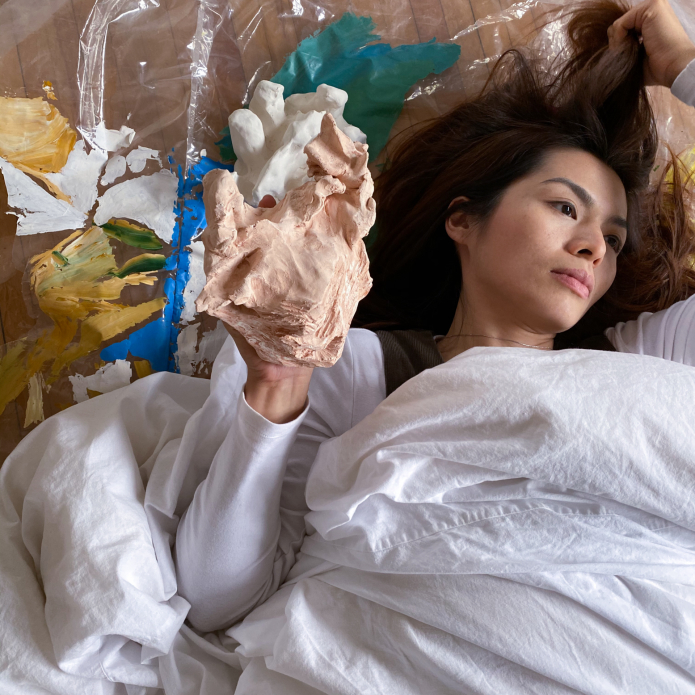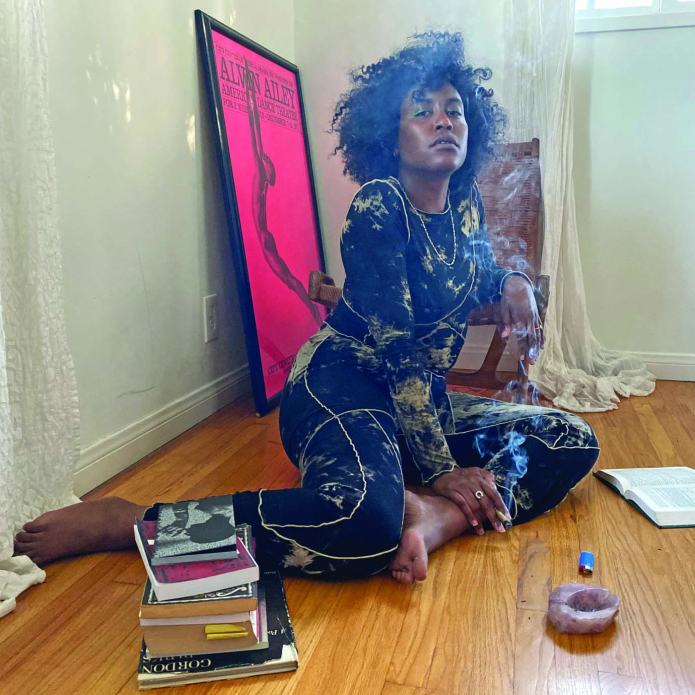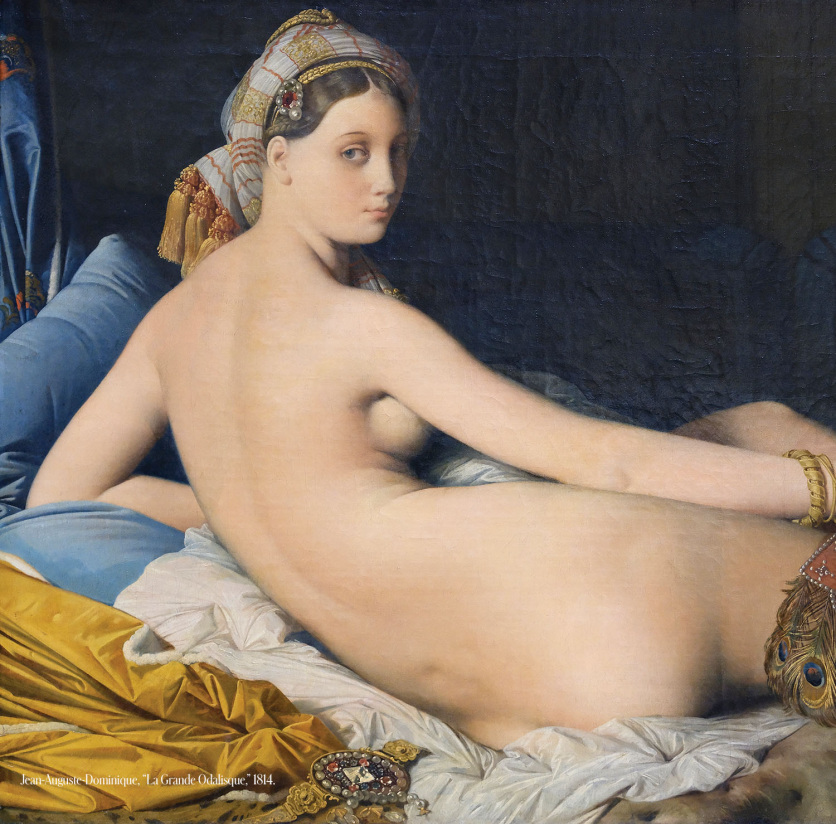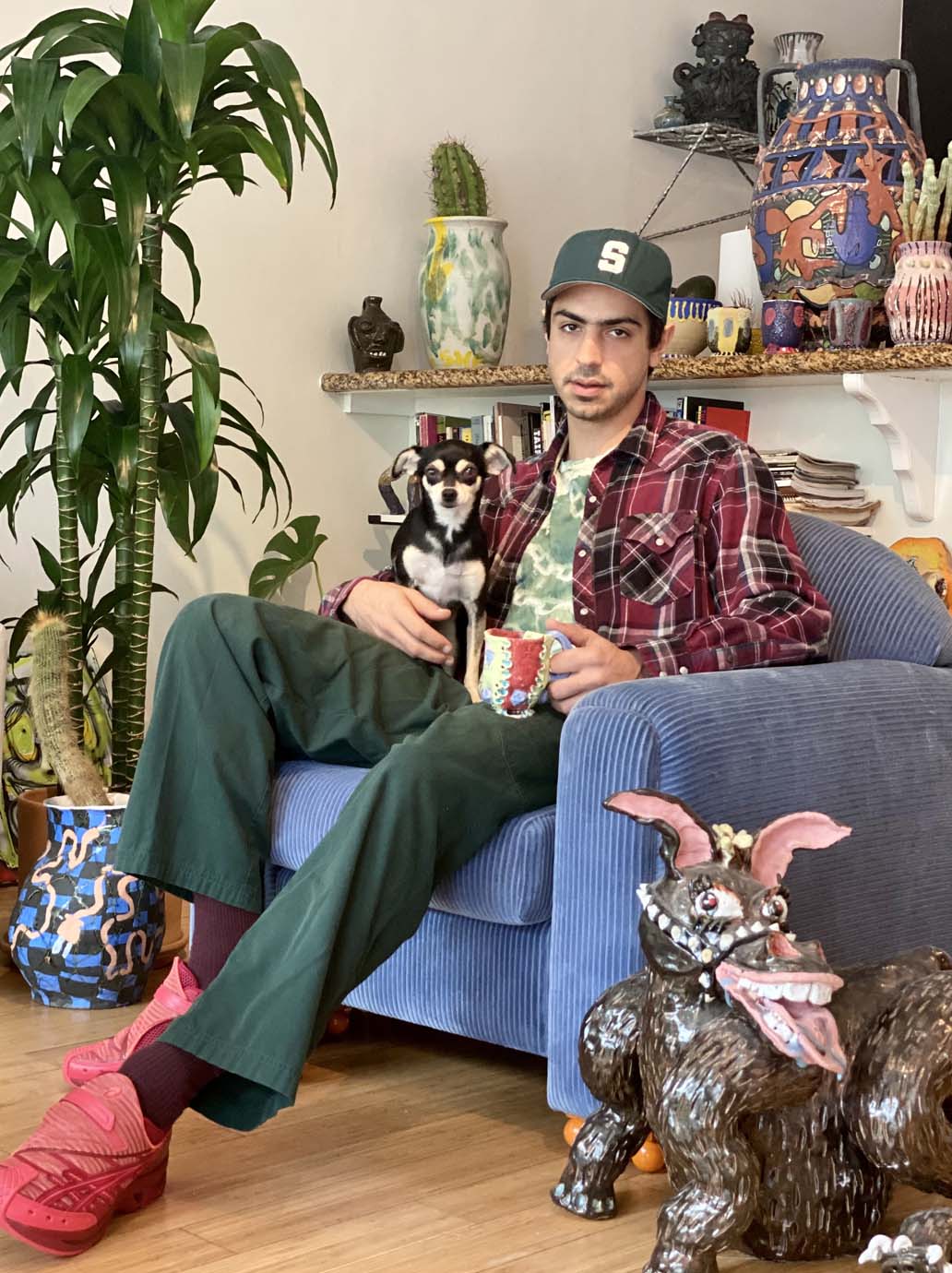
It came as no surprise to find out that Sharif Farrag’s favorite pieces of media growing up were Aaahh!!! Real Monsters, Rugrats, Little Nemo: Adventures in Slumberland and Beetlejuice. We see vases covered in mouths with elongated teeth, suns with whimsical smiles and sunken eyes and figures sitting on a vessel’s rim as spiky worms swarm around them. Farrag’s sculptures make our childhood nightmare of household objects growing legs and eyes and walking the hallways in the middle of the night come alive. But the artist is not only thinking of play; he is also considering the art historical significance of the vessel across the globe. “I realized, whether in my heritage—being Egyptian and Syrian—or everyone’s heritage, there is always something in vessel form. I take on the vessel as a way to express myself and also not be within the context of Western painting. I’m working with color and form. I still like to think I’m making paintings on vessels,” he explains.
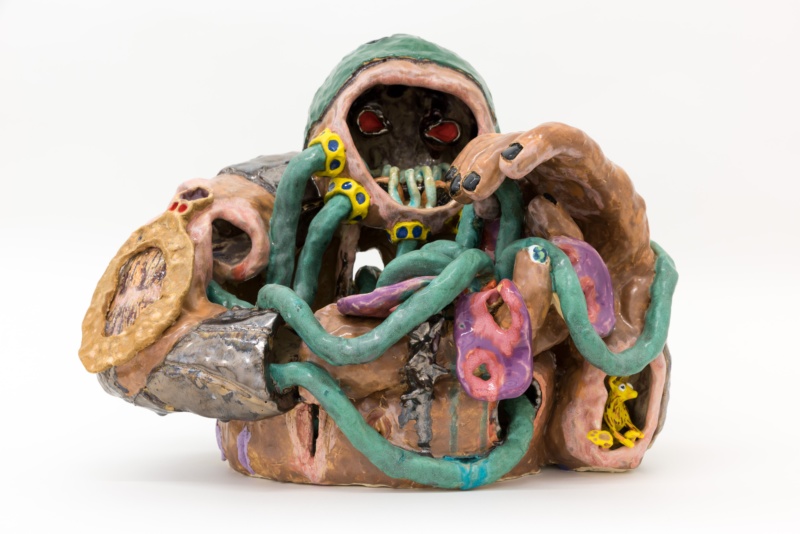
Filled with dynamic movement and vivid color, his whimsical sculptures disrupt how we think of traditional household objects. As pots, cups and other functional vessels have traditionally been used for rituals across cultures and throughout history, it’s also logical that Farrag engages with his sense of spirituality when in the studio. “Making work is spiritual for me, especially since I work with natural materials. It’s all minerals and heat,” he reflects. “Something that always got me excited about clay was this idea and story in the Quran that people were made of clay and the devil was made of fire, that there was a weird separation between them and that the devil had jealousy towards humans. This medium I’m working with is how they mix. It’s the fire. It’s the battle.”
Farrag proves that sculpture can offer more than objects made for viewing in an art world context; a sculpture can also be an object made for function and storytelling that takes our imaginations outside of our realities.


